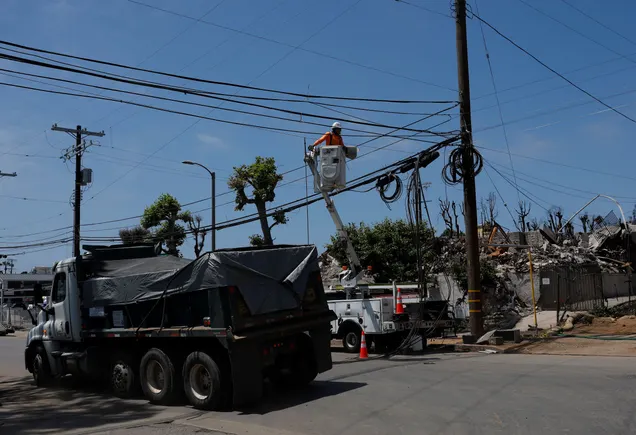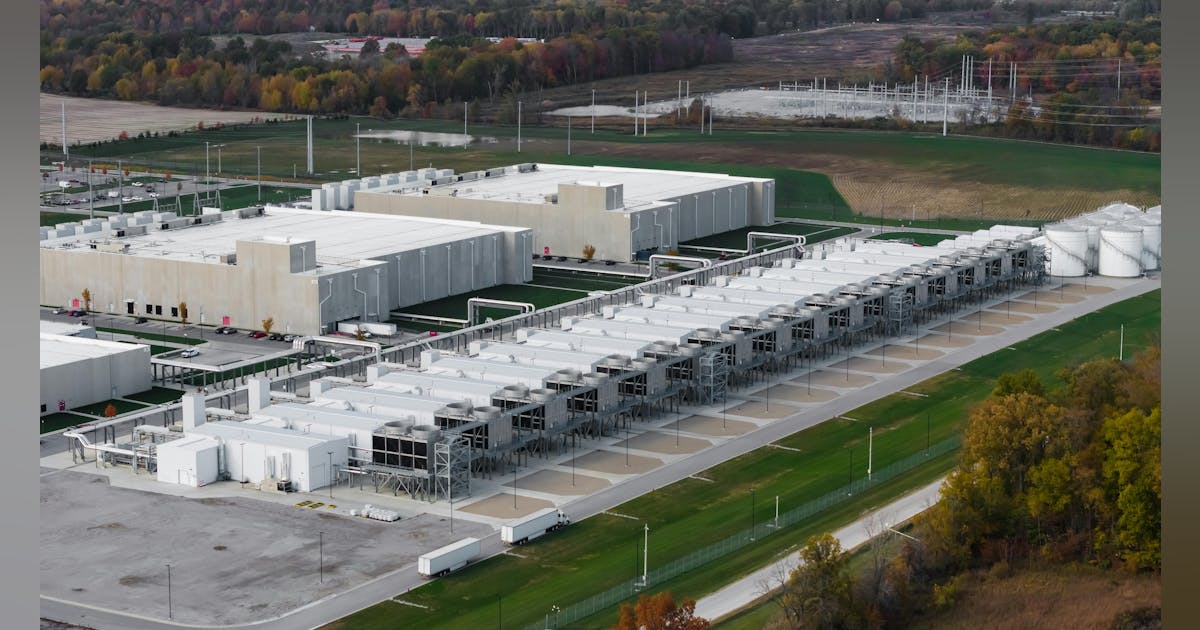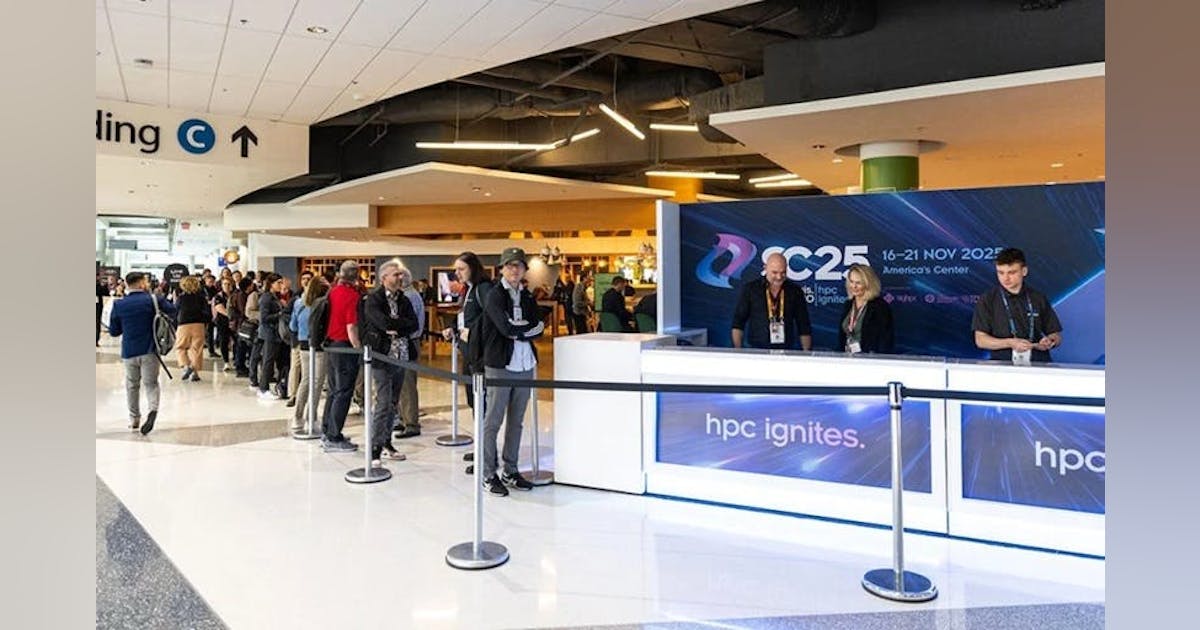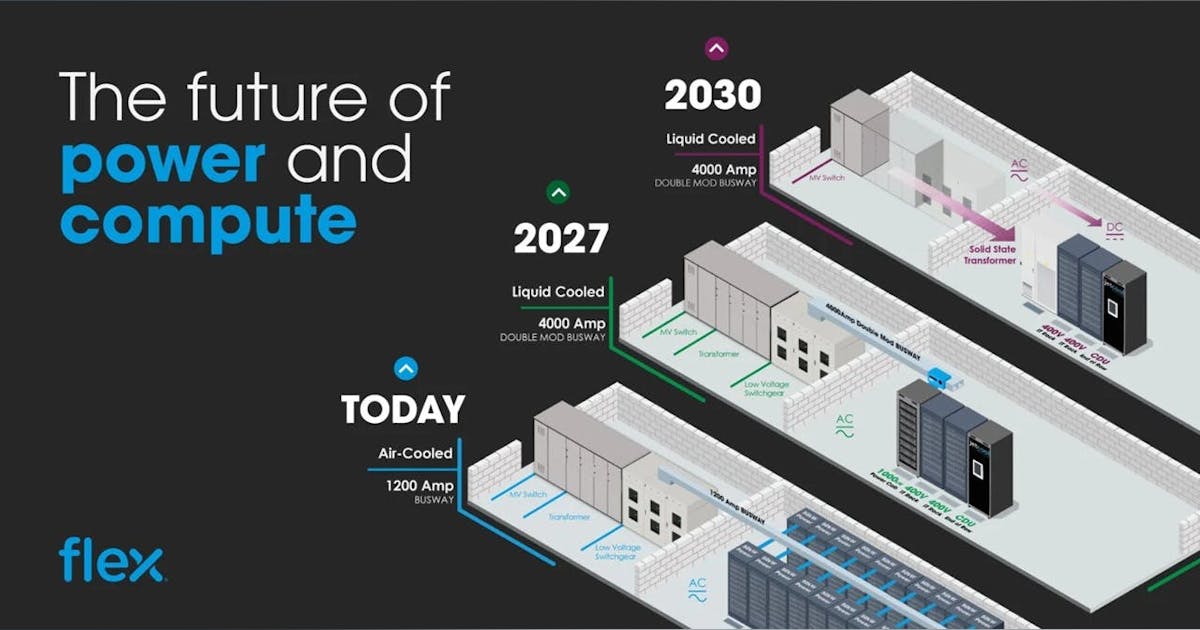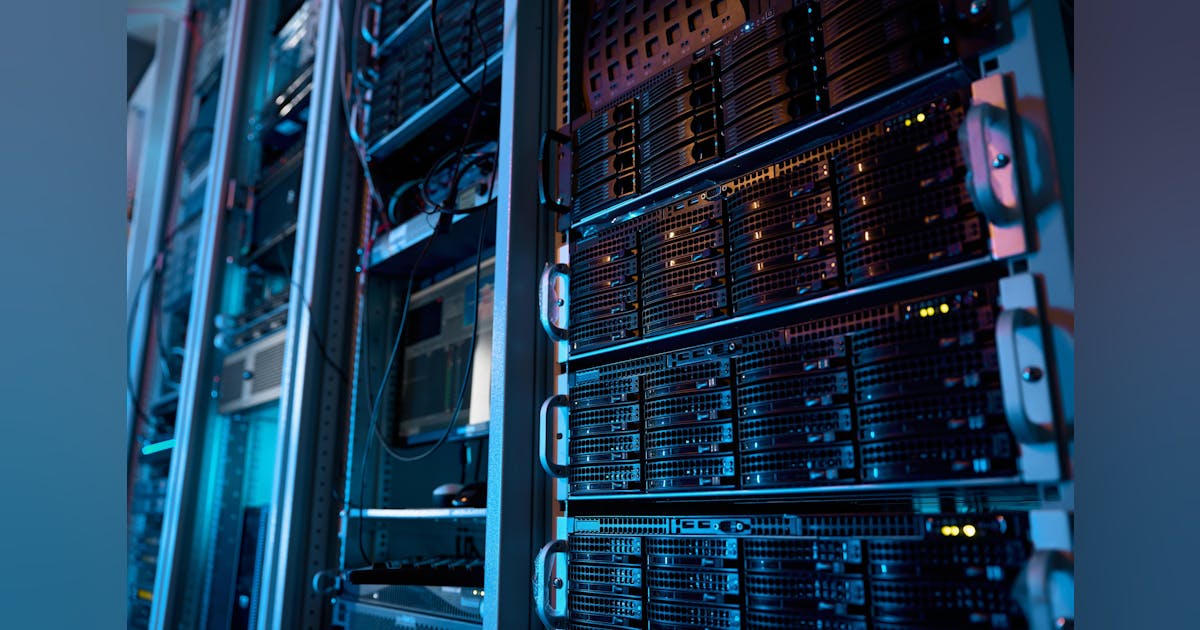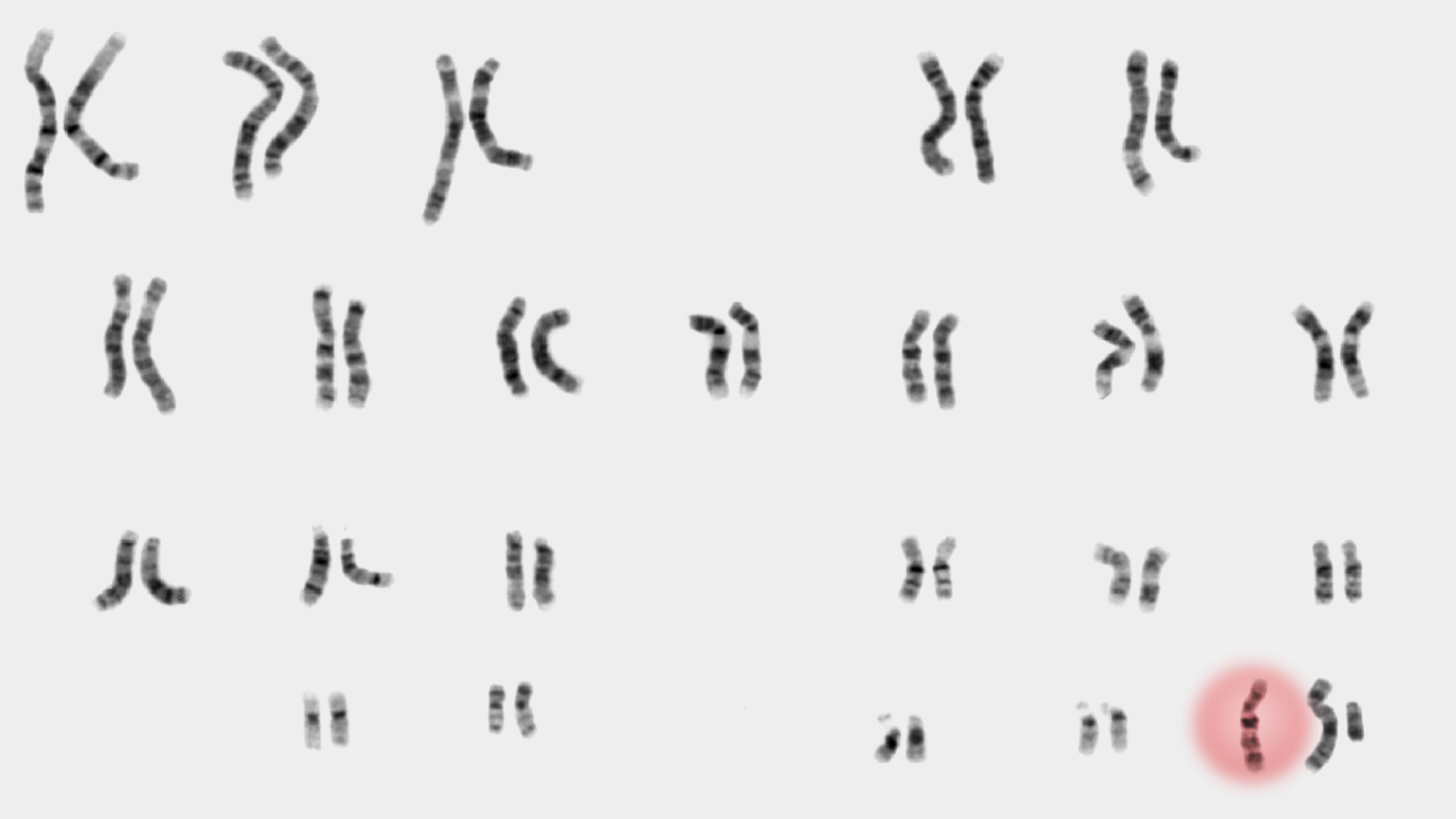Each month Data Center Frontier, in partnership with Pkaza, posts some of the hottest data center career opportunities in the market. Here’s a look at some of the latest data center jobs posted on the Data Center Frontier jobs board, powered by Pkaza Critical Facilities Recruiting. Looking for Data Center Candidates? Check out Pkaza’s Active Candidate / Featured Candidate Hotlist Data Center Facility Technician (All Shifts Available) Impact, TX This position is also available in: Ashburn, VA; Abilene, TX; Needham, MA and New York, NY. Navy Nuke / Military Vets leaving service accepted! This opportunity is working with a leading mission-critical data center provider. This firm provides data center solutions custom-fit to the requirements of their client’s mission-critical operational facilities. They provide reliability of mission-critical facilities for many of the world’s largest organizations facilities supporting enterprise clients, colo providers and hyperscale companies. This opportunity provides a career-growth minded role with exciting projects with leading-edge technology and innovation as well as competitive salaries and benefits. Electrical Commissioning Engineer Montvale, NJ This traveling position is also available in: New York, NY; White Plains, NY; Richmond, VA; Ashburn, VA; Charlotte, NC; Atlanta, GA; Hampton, GA; Fayetteville, GA; New Albany, OH; Cedar Rapids, IA; Phoenix, AZ; Salt Lake City, UT; Dallas, TX or Chicago, IL. *** ALSO looking for a LEAD EE and ME CxA Agents and CxA PMs. *** Our client is an engineering design and commissioning company that has a national footprint and specializes in MEP critical facilities design. They provide design, commissioning, consulting and management expertise in the critical facilities space. They have a mindset to provide reliability, energy efficiency, sustainable design and LEED expertise when providing these consulting services for enterprise, colocation and hyperscale companies. This career-growth minded opportunity offers exciting projects with leading-edge technology and innovation as well as competitive salaries and
